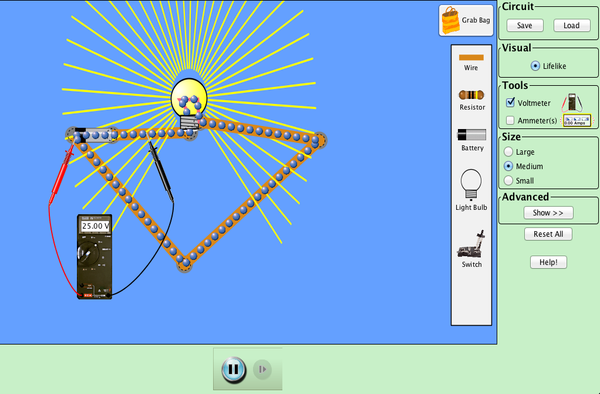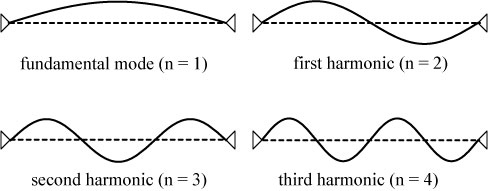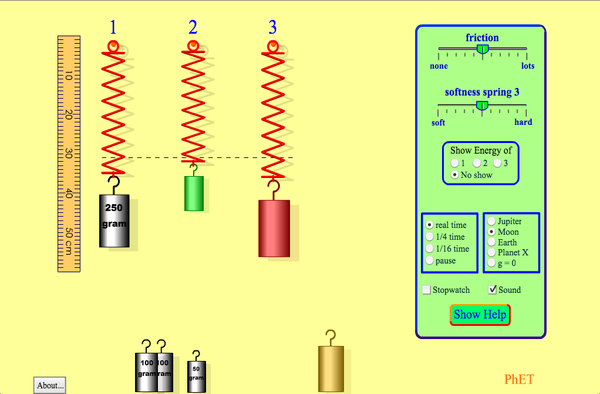Possible titles :
PHUrry physics
Cats and the?
Link to picture:
https://drive.google.com/open?id=166YN8M5C0FMbq0vffIjuKTFVEdUhYu6q
Try problem #1 on the following AP exam
https://drive.google.com/open?id=1gIo_iixpV3J9YuMOGCD3iZzTNQE00mVX
Telstar #1
Calculate where to put aconmunications satellite so it will be above the same point above the earth all the time. Geosynchronous Orbit!
The little satellite that could!!!
America’s Defence Meteorological Satellite Programme (DMSP), which has overseen the construction of eight F-series satellites that use microwaves sensors to monitor sea-ice coverage. These probes, which have lifespans of three to five years, have shown that millions of square kilometres of sea ice have disappeared from the Arctic over the past 20 years, allowing less solar energy to be reflected back into space – and so further increasing global temperatures – while also disrupting Inuit life and wildlife in the region.
At present three ageing satellites – DMSP F16, F17 and F18 – remain in operation, though they are all beginning to drift out of their orbits over the poles. The latest satellite in the series, F19, began to suffer sensor malfunctions last year and finally broke down a few weeks ago. It should have been replaced with the F20 probe, which had already been built and was being kept in storage by the US Air Force. However it had to be destroyed, on the orders of the US Congress, on the grounds that its storage was too costly.
Any guess on the cost to build a new satellite?




